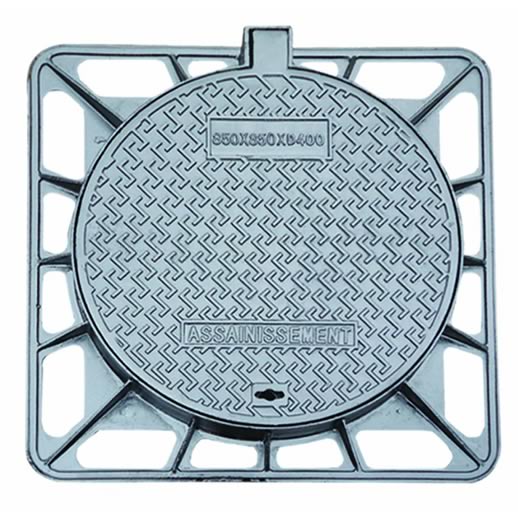Rubber Sealing Solutions for Butterfly Valves in Industrial Applications
The Importance of Rubber in Butterfly Valves
Butterfly valves are a widely used type of flow control device in various industrial applications. Their design is simple yet effective, making them a popular choice for regulating the flow of liquids and gases in pipelines. One critical component that significantly influences the performance and longevity of butterfly valves is the rubber used in their construction. This article explores the significance of rubber in butterfly valves, focusing on its properties, advantages, and applications.
Understanding Butterfly Valves
Butterfly valves consist of a rotating disk that is mounted on a shaft. The disk can be rotated 90 degrees to fully open or close the valve, allowing for efficient control of fluid flow. When it comes to sealing, many butterfly valves rely on an elastomeric material, typically rubber, to create a tight seal between the disk and the valve body. This sealing mechanism is crucial for preventing leaks and ensuring efficient operation.
Properties of Rubber
Rubber is a versatile material that offers several advantageous properties for use in butterfly valves. Its elasticity allows it to deform under pressure, ensuring a tight seal when the valve is closed. Additionally, rubber materials are resistant to many chemicals and can withstand various temperatures, making them suitable for diverse applications ranging from water treatment to oil and gas transportation.
The selection of rubber compounds is vital, as different formulations can offer specific benefits. Commonly used rubber materials in butterfly valves include EPDM (ethylene propylene diene monomer), NBR (nitrile butadiene rubber), and CR (neoprene). Each of these materials has distinct characteristics, such as resistance to ozone, temperature stability, and compatibility with certain fluids, allowing engineers to choose the most suitable option for their specific needs.
Advantages of Rubber in Butterfly Valves
1. Effective Sealing The primary advantage of using rubber in butterfly valves is its ability to create a reliable seal. A proper seal prevents leakage, which is essential for maintaining system efficiency and safety, especially in high-pressure or critical applications.
butterfly valve rubber

2. Chemical Resistance Many industrial processes involve aggressive chemicals that can compromise the integrity of valve components. Rubber offers a robust defense against such chemicals, particularly when the right material is chosen based on the application’s requirements.
3. Durability and Longevity High-quality rubber materials can withstand wear and tear from constant use, providing a longer service life for butterfly valves. This durability reduces maintenance costs and downtime, enhancing overall operational efficiency.
4. Temperature Tolerance Rubber used in butterfly valves can handle a wide range of temperatures, making it suitable for use in varying environmental conditions. This adaptability ensures that the valve functions effectively, whether in freezing temperatures or high-heat scenarios.
5. Cost-Effectiveness Rubber components are often more cost-effective compared to metallic alternatives. This affordability, combined with their performance advantages, makes rubber a preferred choice in many applications.
Applications of Rubber Butterfly Valves
Butterfly valves with rubber sealing elements find applications across numerous industries. In water and wastewater treatment facilities, they control flow rates and manage pressures effectively. In the chemical industry, rubber butterfly valves are instrumental in handling corrosive substances safely. They are also prevalent in HVAC systems, food and beverage production, and oil and gas pipelines, where their reliability and effectiveness are paramount.
Conclusion
Rubber plays an indispensable role in the functionality and reliability of butterfly valves. By providing effective sealing, chemical resistance, and durability, rubber materials ensure that butterfly valves perform optimally across various applications. As industries continue to evolve, the significance of high-quality rubber in valve design will remain a critical area of focus, ensuring safe and efficient fluid control in the years to come.
-
The Smarter Choice for Pedestrian AreasNewsJun.30,2025
-
The Gold Standard in Round Drain CoversNewsJun.30,2025
-
The Gold Standard in Manhole Cover SystemsNewsJun.30,2025
-
Superior Drainage Solutions with Premium Gully GratesNewsJun.30,2025
-
Superior Drainage Solutions for Global InfrastructureNewsJun.30,2025
-
Square Manhole Solutions for Modern InfrastructureNewsJun.30,2025
-
Premium Manhole Covers for Modern InfrastructureNewsJun.30,2025
